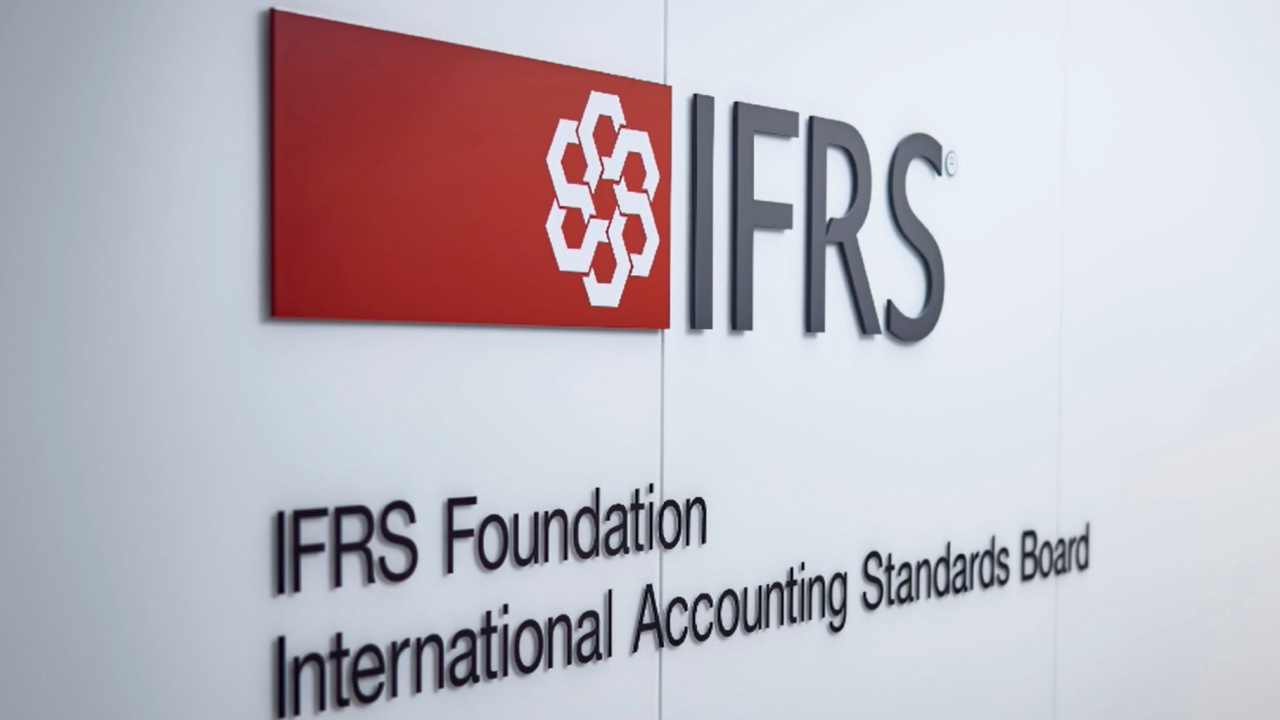Argentina may be in deep financial trouble, but its central bank is comfortably back in the black — thanks to a small accounting maneuver.
A little-noticed decision by policy makers late last year to change the way they value government bond holdings transformed the central bank’s balance sheet overnight, turning what had been a net worth of negative $2 billion into positive $33 billion. Officials have made little effort to explain the move — they just say it’s part of a wide-ranging
“Today it’s lying about its profits in order to print money, finance the government and make itself even more insolvent,” said Aldo Abram, economist at Buenos Aires-based Libertad y Progreso, a research center that advocates for free markets.

These sorts of payments are commonplace in many parts of the world — including in Argentina, where $44 billion in dividends were transferred to Treasury coffers over the past decade — but by pumping pesos into a fragile economy they would threaten to add to a surge in consumer prices that has already pushed the country’s inflation rate over 50 percent. What’s more, the bond valuation maneuver rekindles old questions about the
Among those creditors is the
It was an
“To log these bonds at par value is a scam, a hoax,” Abram said.
A spokesman for Argentina’s Central Bank declined to comment for this story. When asked about the valuation change in a
Changes, changes
In Argentina, a country which has been hit by frequent financial crises, repeated changes in the way the central bank operates are common. The institution has had 62 presidents since its foundation almost 85 years ago and isn’t, officially or in practice, independent from the government. Its charter has been modified 11 times in almost three decades.
Approved in 2012 under the presidency of current vice-president Cristina Fernandez de Kirchner, it states that the institution is automatically forced to send the government all earnings after they hit a certain threshold.
The notes that the central bank revalued were originally issued in 2005 by the government to raise hard currency to pay back an IMF loan. The obligations have been continually rolled over since then.
When the Fund returned to the country in 2018, granting Argentina its biggest-ever loan, one of the conditions it set was that the central bank should value these notes at market prices as a way of having a more accurate balance sheet. Given that their market value is significantly lower than parity, this put the central bank’s net worth in the red for the latter months of 2019.
“These notes are an asset that won’t be available in case of a liquidity crisis such as [a] currency run or a debt crunch,” said Martin Vauthier, an economist at Buenos Aires-based consultancy Eco Go SA. “It’d be more realistic and reasonable to consider them at market value.”
In addition to allowing the change in valuation, the economic emergency law passed in December authorized the Treasury to borrow as much as $4.6 billion from the central bank through non-transferable notes. Argentina drew that entire amount in the first two weeks of January. That was done so that the government could pay for the interest on its dollar debt without using funds from the Treasury, Economy Minister Martin Guzman said in a Feb. 12
“Using the Treasury cash buffer would have meant real austerity at a time of recession, which would be very harmful,” Guzman said. “Argentine society is making an effort by paying debt with reserves. It can’t last long.”
Valuation debate
The Central Bank has a total stock of $51.3 billion of these non-transferable notes, including the ones from those January transfers. Most of them mature between 2021 and 2025, according to data compiled by Argentine Institute of Fiscal Analysis. Argentina’s government will owe the central bank more than $10 billion of capital and interest accrued for these notes in 2021 alone. They could also be rolled over.
At a time where Argentina is locked out of debt markets, “it’s inaccurate to value these notes as if the government were going to pay you in 10 years,” said Bruno Panighel, an economist of the Argentine Institute of Fiscal Analysis. “Argentina is in a technical default.”
Of course, this accounting maneuver could be applied elsewhere. In the U.S., it’s reserved for extreme, yet-to-be-seen cases, like avoiding a sovereign default if for example the government reached its debt ceiling, said Vincent Reinhart, chief economist at Standish Mellon Asset Management.
“The idea is that the Fed and the Treasury could agree to revalue the Fed’s holding of gold certificates and hand the capital windfall over to the Treasury,” he said. The danger, though is that “claiming some of a central bank’s capital erodes its perceived independence.”





